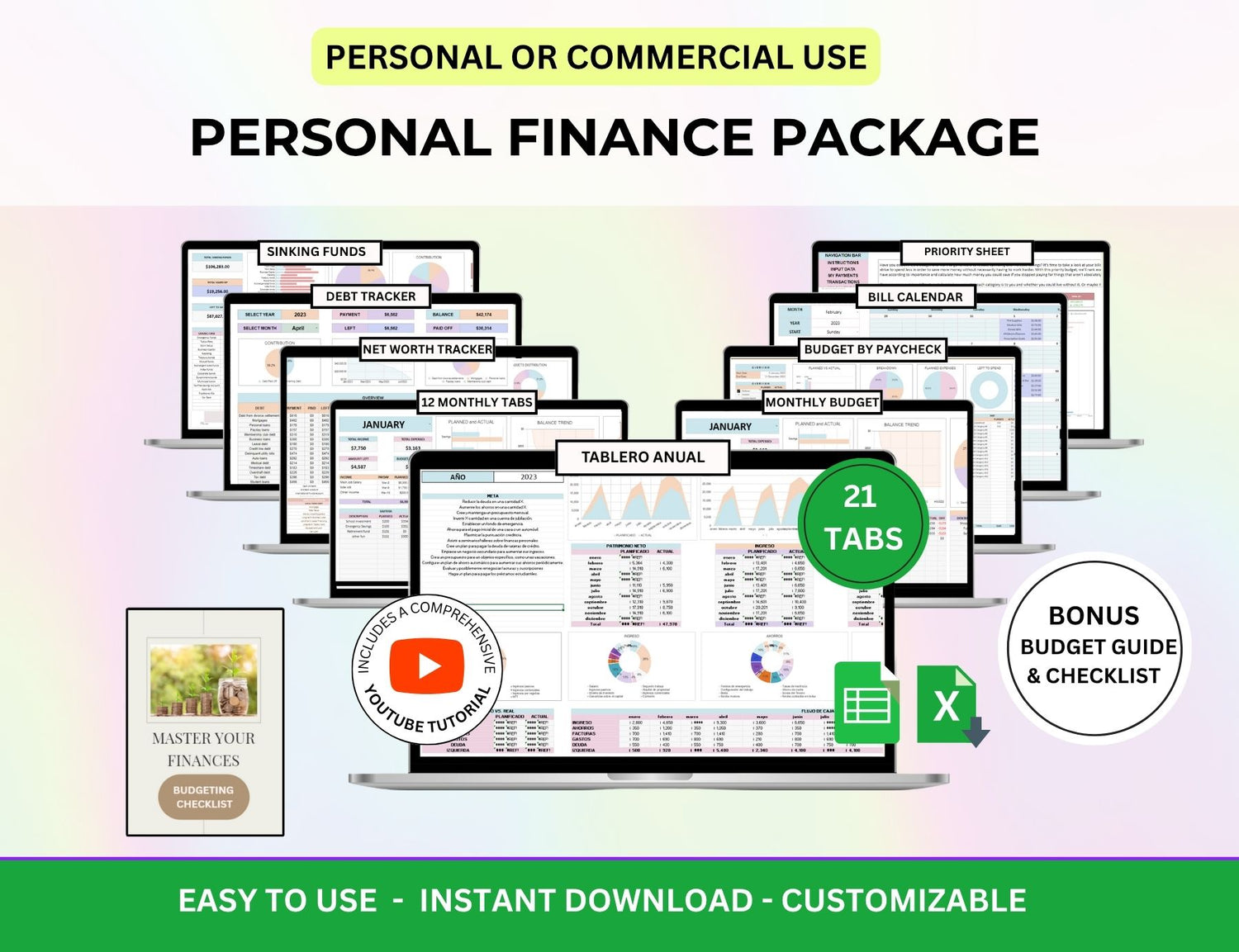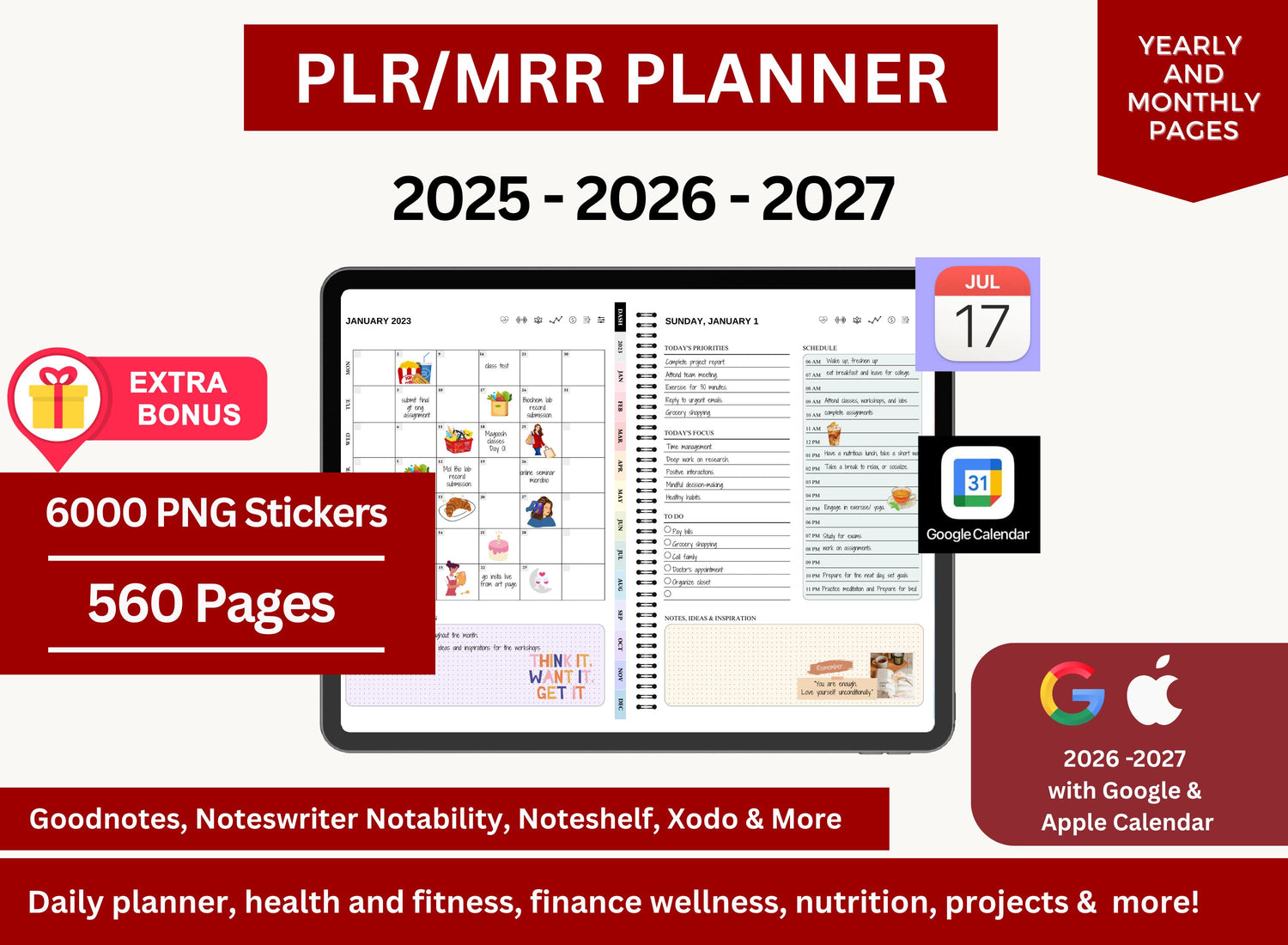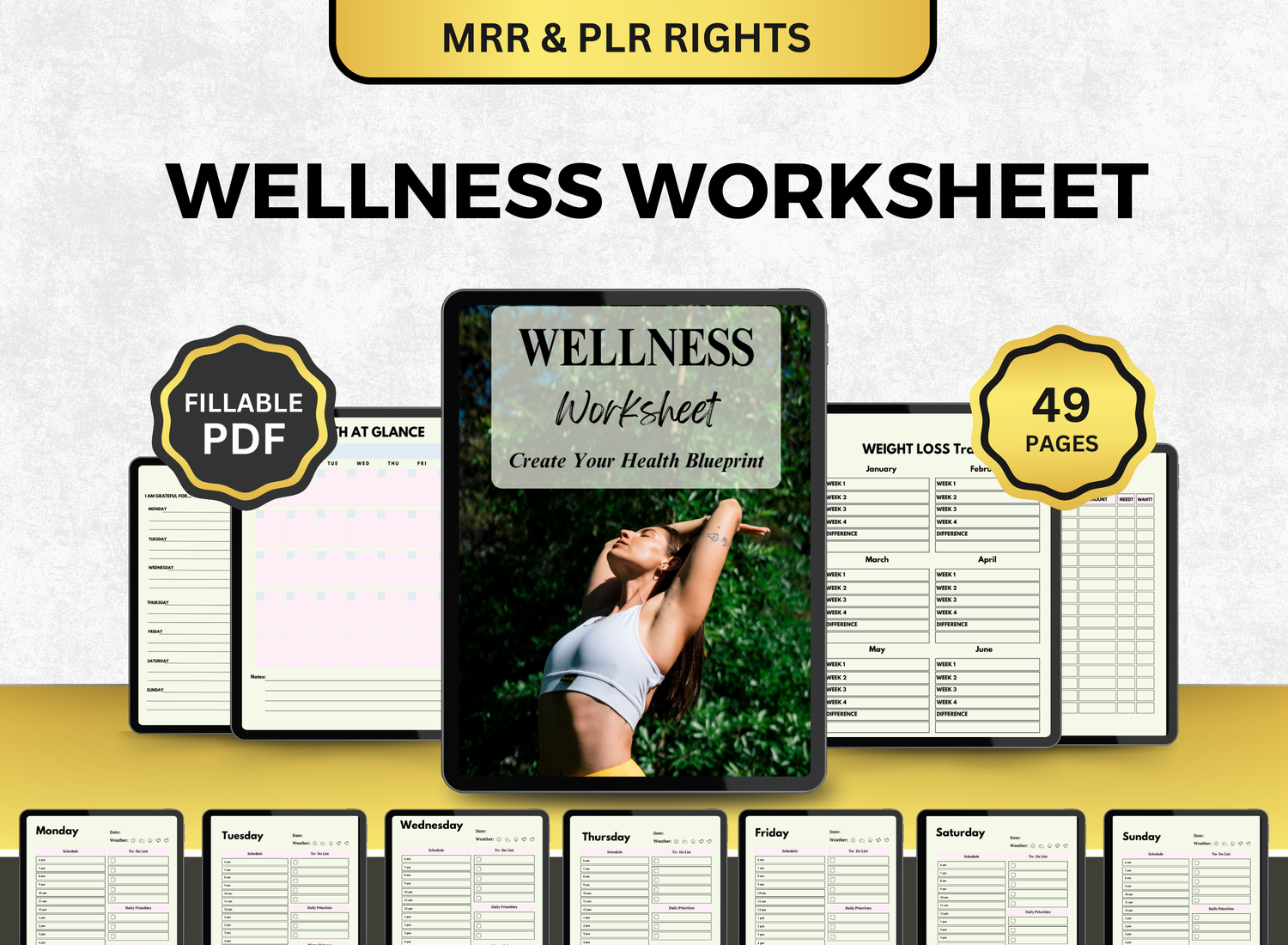The 7 Best Types of Digital Products to Sell for Easy Passive Income
There’s this moment that a lot of people seem to have when they first hear about digital products. Something clicks—Wait a minute. You can make something once… and then just keep selling it? The idea of passive income has been floating around the internet for years now, wrapped up in dreams of working from a beach or waking up to Stripe notifications. But digital products? They’re one of the few methods that actually gets you somewhat close to that fantasy.
Now, of course, it’s not magic. Nothing truly passive is ever that simple. There’s research, setup, marketing, maintenance—sometimes customer support, too. But still. Compared to, say, physical inventory or hourly freelance work? Digital downloads and products are about as close to “set it and forget it” as you’re going to get.
So if you're looking for a side hustle or a way to finally dip your toes into the "make money online" world, here are seven of the best digital product types that real people are using to generate consistent, low-effort income.
TL;DR
💡 Digital Product Type |
💰 Why It Sells |
|---|---|
| Ebooks & Guides | Solve real problems, super easy to create |
| Canva Templates | Everyone wants to look pro without trying |
| Online Courses | Teach once, earn forever (ish) |
| Printables | Print. Use. Repeat. Passive goldmine. |
| Stock Photos & Art | Create once, license forever |
| Notion Templates | Productivity nerds can’t get enough |
| Website Themes & UI Kits | Code it once, cash in repeatedly |
✅ Make once, sell forever (well, almost).
📦 Digital downloads = side hustle magic.
1. Ebooks and Guides
Let’s start with the classic. Ebooks have been around since forever in internet terms, but they’re still going strong—mostly because they’re so easy to create and sell. You don't need to be a novelist or a professional writer. Honestly, some of the best-selling ebooks are just really clear, practical guides to solving specific problems.
Think about it: a guide on how to train a stubborn puppy, or a beginner’s roadmap to budgeting, or even a PDF that walks someone through starting an Etsy store. People pay for clarity. If you can distill your knowledge into something useful—especially if it promises a clear outcome—there’s likely a market for it.
📌 Example: Platforms like Gumroad or Payhip make selling ebooks super straightforward. You just upload the file, write a short pitch, set your price, and you’re live.
(An example of an editable ebook product bundle.)
2. Canva Templates
Here’s one that’s exploded recently—especially with the rise of solopreneurs and small business owners. Canva has become the go-to design tool for non-designers, and templates for everything from Instagram posts to pitch decks are in serious demand.
If you have an eye for design (or even just the patience to learn the basics), creating templates in Canva is surprisingly low-lift. You can batch-create a set, upload it to a platform like Etsy, and you’re good to go. Some sellers are making $1,000+ a month just from one template pack. Not always, of course. But often enough to be worth mentioning.
It’s also one of those products with master resell rights potential—if you create templates others can resell or edit for clients, you’ve added even more value.
💡 Tip: Niching down helps here. Wedding planners, real estate agents, coaches—they all have different visual needs. Serving a specific niche can make your templates stand out.
(An example of an editable Canva Etsy mockup templates.)
3. Stock Photos and Digital Art
If you’re a photographer or digital artist (or even just someone who’s gotten decent at AI tools), selling your visuals as digital products can be incredibly rewarding. Websites like Creative Market, Etsy, or Design Bundles are great places to list them.
And here’s where it gets interesting: with the right licensing, you can give your products master resell rights—or at least commercial use rights—which adds extra value and lets other creators use your work in their own digital products.
There’s a strong trend right now toward niche aesthetics. Think “boho stock photos for wellness coaches” or “moody watercolor clipart for wedding invites.” Hyper-specific sells. Always has, always will.
🎨 Note: Even non-professionals are finding success using AI art tools to create and sell unique downloadable designs. That’s not everyone’s cup of tea, but it’s a real trend, for better or worse.
4. Notion Templates
Ah, Notion. Once just a digital notebook, now practically a lifestyle for productivity nerds. If you’ve ever found yourself reorganizing your digital workspace for the 18th time instead of actually working… you already get it.
Notion templates are thriving right now, especially for solopreneurs, students, freelancers, and small business owners. They’re like the digital cousin of printables—except interactive and fully customizable.
And selling them? Even easier than you might think. Notion has a sharing feature where you just drop the template link into a PDF or a page the buyer downloads. That’s it.
🔍 Fun Fact: There are sellers making full-time income just from Notion templates. Platforms like Notion Market and Gumroad are the main hotspots.
5. Website Themes and UI Kits
This one’s definitely more advanced—but if you have any front-end coding or design skills, it’s an incredibly lucrative path. Website templates, WordPress themes, UI kits, mobile app design packs… people pay good money for them.
Why? Because no one wants to build a website from scratch anymore. Time is money. Clean, professional-looking templates are in demand across every niche.
You can sell these on sites like ThemeForest, Creative Market, or through your own website. And once they’re built? They become a passive product that can sell over and over.
🧩 Bonus: Offering some level of customization (or the option to resell) can make your themes even more attractive. Just be clear about licensing
6. Online Courses
Okay, this one might seem a bit intimidating, but hear me out. Online courses can be an incredible digital product, especially for those who have any kind of teaching ability. And no, it doesn’t need to be a 20-hour deep dive with video editing and production-quality slides.
Micro-courses are gaining traction—tight, focused lessons that solve one clear problem. Think “How to Set Up a Pinterest Business Account” or “How to Use ChatGPT to Plan Your Content Calendar.” Bite-sized, affordable, and useful.
And platforms like Teachable, Thinkific, or even Podia make it surprisingly easy to get up and running without any technical knowledge.
The best part? Once the course is up, it can keep earning for months or years. Some creators report five-figure earnings from a single well-targeted course. Of course, your mileage may vary. But that’s kind of the deal with all of this, isn’t it?
(An example of an online digital marketing guide.)
7. Printables
Printables are one of the most beginner-friendly digital downloads out there. We’re talking planners, checklists, budgeting sheets, wall art, goal trackers, kids’ activities… the list goes on.
And the beauty is in the simplicity. You design once, list it online, and whenever someone purchases it, they get a downloadable PDF. That’s it.
Sites like Etsy are huge marketplaces for these kinds of products. People search for what they need, buy it, print it at home, and you earn money in your sleep.
🖨️ Pro Tip: Simple designs actually do better. If your printable is too fancy or complicated, it might be harder for someone to use or print easily. Clean and functional tends to win.
(An example of a printable student planner.)
But... Is Passive Income Really Passive?
Okay, so let’s pause for a second. All of this sounds amazing, right? Make a thing once, sell it forever, sip cold brew while the money rolls in.
And yes, digital products can lead to passive income. But the word “passive” is a bit misleading. There’s usually quite a bit of upfront work involved—researching, creating, setting up sales pages, marketing. And occasionally, even customer support. Especially if something goes wrong with a file download or someone doesn’t understand how to use your product.
That said, once your product is polished and your systems are in place, it’s absolutely possible to create a stream of income that requires very little ongoing effort. That’s why so many side hustlers—and full-time creators—swear by it.
Getting Started Without Getting Overwhelmed
You don’t need to launch with seven products. You don’t even need to launch with one perfect product. The first step is usually the hardest, and most of the time, it’s not about strategy—it’s just fear. Fear of not being good enough, or of no one buying, or of wasting time.
But honestly? Everyone starts somewhere. That Canva template you made in 30 minutes might surprise you. That ebook you wrote in a coffee-fueled weekend might end up with a loyal niche following. Or not. Maybe you’ll tweak it later. Maybe you’ll try something else.
That’s kind of the beauty of it. Digital products are low-risk, high-learning experiences. You can iterate fast, fail quietly, and try again without burning out.
Final Thoughts
If you're looking for a way to make money online, a digital product can be more than just a side hustle. For some, it's the seed of a new career. For others, it’s just a way to make an extra $300 a month. Both are valid.
From ebooks to Canva templates, from Notion dashboards to UI kits—there’s no shortage of ideas. The key is starting. Testing. And maybe—just maybe—accepting that it won’t all be perfect. Because the people making the most from digital products? They’re not always the best designers or the most polished writers. They're just the ones who shipped something.
And shipping something, even something small, might be the most underrated superpower in the whole "passive income" world.











